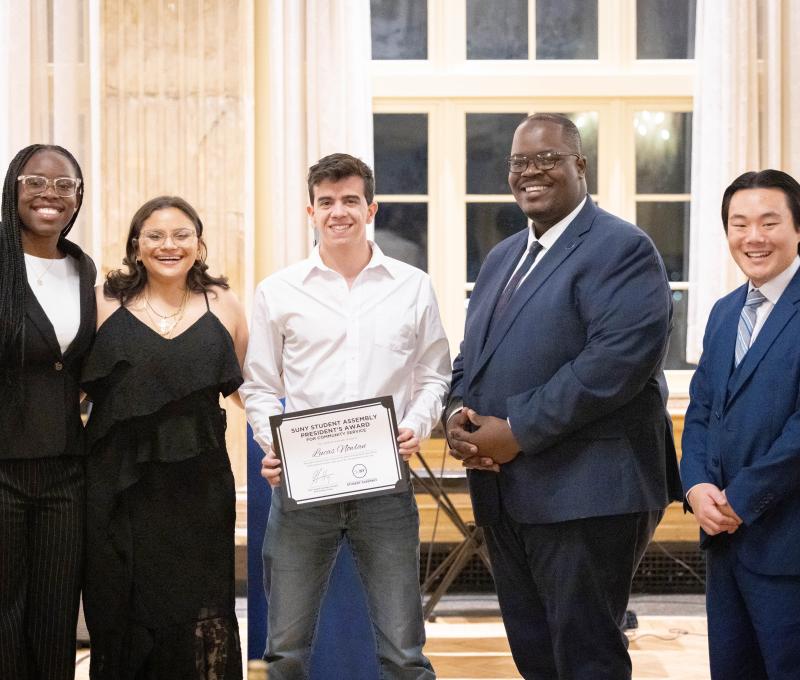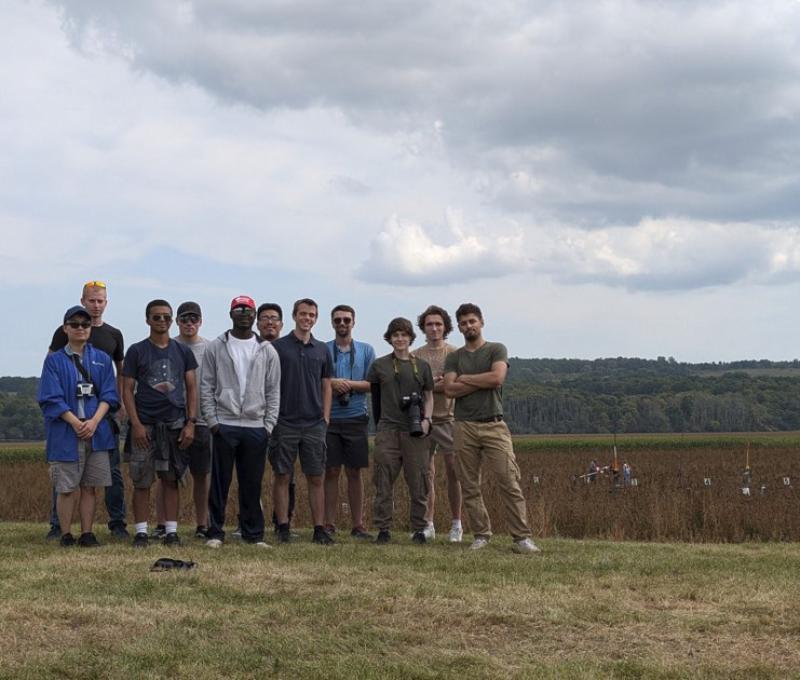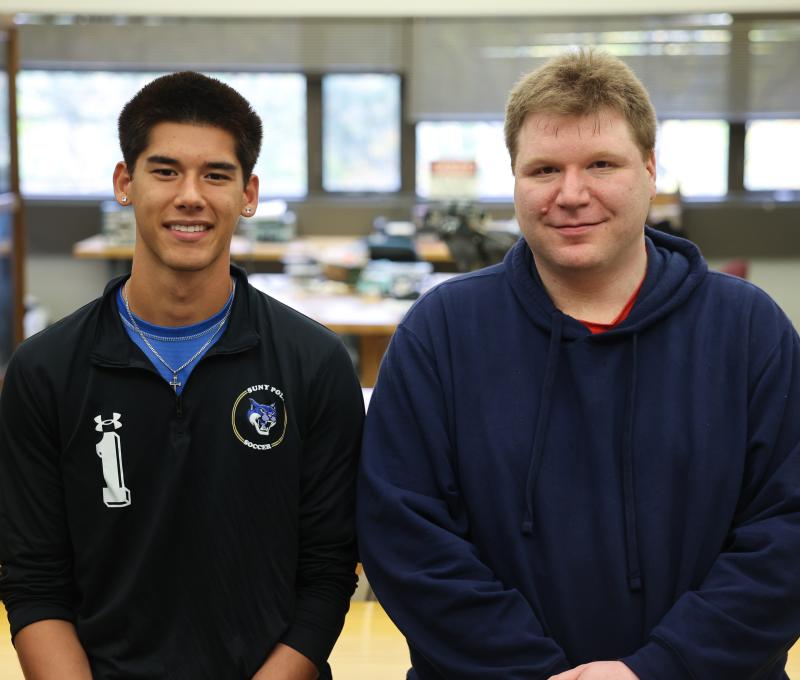SUNY Poly student-led AIGaN/GaN HEMT sensor research details hydrogen peroxide detection with potential for real-time health monitoring

SUNY Poly research led by a team of graduate and undergraduate students published in Experimental Biology and Medicine presents a “novel application of a surface sensitive electronic sensor made up of a biocompatible semiconducting material system (AI)GaN for the detection of reactive oxygen species present in biological settings that contain hydrogen peroxide.”
Notably, the publication was also selected by Experimental Biology and Medicine as a “highlight article.” Read the research article here.
The effort was conducted by former SUNY Poly graduate student Dr. Isra Mahaboob and former undergraduate student Roger Reinertsen, who is currently a Ph.D. student at Northwestern University, along with SUNY Poly graduate students Benjamin McEwen, Kasey Hogan, and Emma Rocco. Together, the students leveraged SUNY Poly’s state-of-the-art resources and the expertise of mentors Dr. Shadi Shahedipour-Sandvik, SUNY Provost-in-Charge and SUNY Poly Interim Vice President of Research and Graduate Studies; Dr. André Melendez, Interim Dean of the College of Nanoscale Science and Engineering; and Dr. Nate Cady, Empire Innovation Professor of Nanobioscience.
“This is a prime example of how the academic and research ecosystem at SUNY Poly’s College of Nanoscale Science and Engineering is ripe for the development of disruptive technologies that cross broad scientific disciplines, and I am proud of the opportunities that are provided to our students who are able to engage in impactful research,” said Dr. Melendez.
"It was an exciting prospect to collaborate between interdisciplinary teams from nanobiotechnology and nanoengineering. I am grateful for my mentors’ support and guidance,” said Dr. Mahaboob. “As a researcher, it was a very fulfilling experience to demonstrate how the materials and devices developed in our lab can be used toward the development of hybrid biomedical devices. We believe GaN-based technology can help broaden the scope of existing biomedical devices and make a positive impact in the lives of people around the world."
“It was really exciting having a chance to work with experts in both physics and biology, and I think this is a testament to how powerful these sorts of collaborations can be,” said Reinertsen. “The experience has definitely shaped my interest in pursuing other cross-disciplinary projects in graduate school.”
By combining biocompatible electronics with existing probes, detection techniques can be expanded beyond what is currently available, which can lead to the development of hybrid sensing systems that allow for real-time remote sensing of molecules such as hydrogen peroxide. This can have critical implications, as hydrogen peroxide in the body can be both beneficial (for signaling to regulate some cellular processes) and detrimental (leading to oxidative stress causing cellular damage, aging, and other problems). Monitoring these levels more closely could lead to better detection and improved health outcomes.








